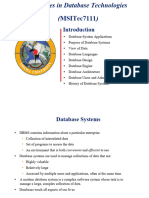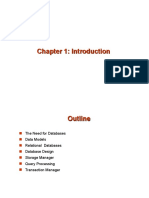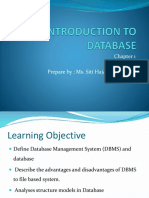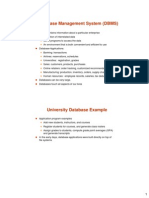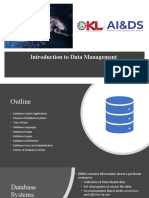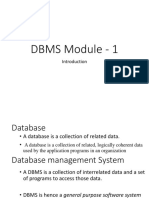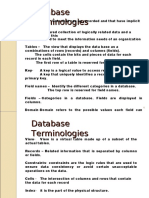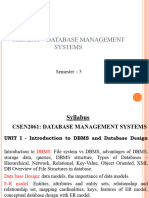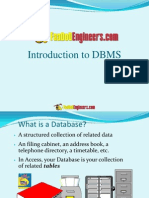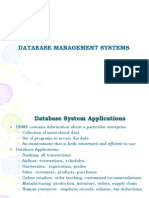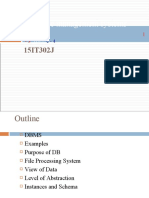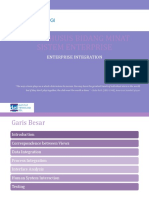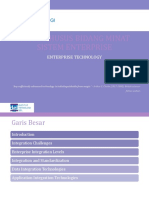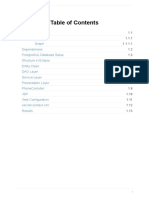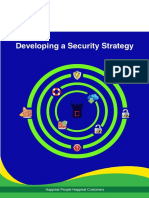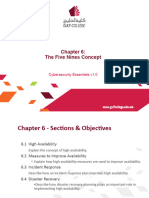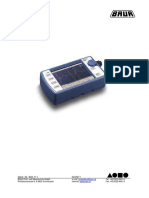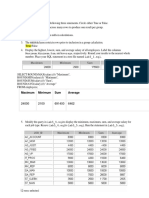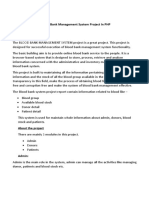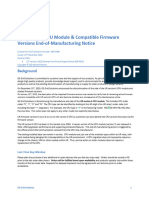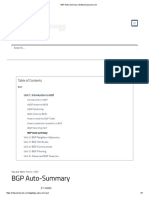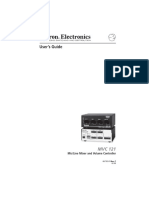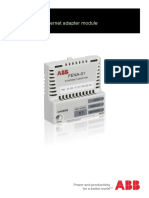0% found this document useful (0 votes)
65 views28 pagesIss2101-Database: Institut Teknologi Del Semester 1-2015/2016
This document provides an introduction to database management systems and relational databases. It discusses what a DBMS is, common database applications, and advantages of using a DBMS over file systems. It also covers database concepts like schema, instances, data models, data definition and manipulation languages, SQL, database design approaches, and the entity-relationship model.
Uploaded by
BertinaCopyright
© © All Rights Reserved
We take content rights seriously. If you suspect this is your content, claim it here.
Available Formats
Download as PDF, TXT or read online on Scribd
0% found this document useful (0 votes)
65 views28 pagesIss2101-Database: Institut Teknologi Del Semester 1-2015/2016
This document provides an introduction to database management systems and relational databases. It discusses what a DBMS is, common database applications, and advantages of using a DBMS over file systems. It also covers database concepts like schema, instances, data models, data definition and manipulation languages, SQL, database design approaches, and the entity-relationship model.
Uploaded by
BertinaCopyright
© © All Rights Reserved
We take content rights seriously. If you suspect this is your content, claim it here.
Available Formats
Download as PDF, TXT or read online on Scribd
/ 28





